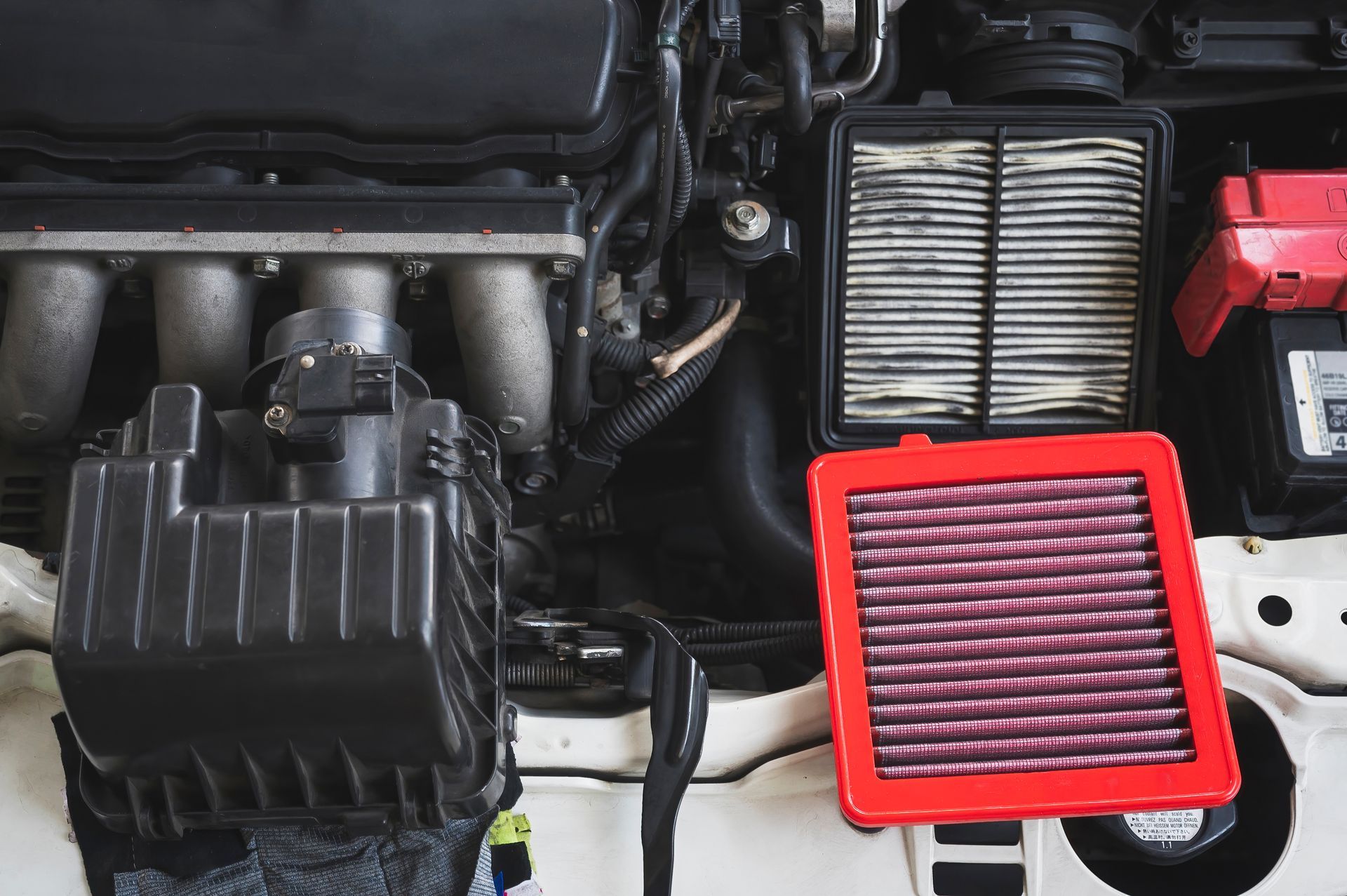Life gets busy, miles rack up slowly, and the oil reminder takes forever to appear. It is easy to think you can wait. The truth is that both the odometer and the calendar matter. Oil ages from heat, short trips, and time sitting in the driveway, even when the level on the dipstick looks fine. If you want quiet starts, clean internals, and a long engine life, pick an interval that respects both.
Miles vs. Months: Why Both Matter
Every mile shears oil between moving parts and loads the filter with fine debris. Every month, the oil is exposed to moisture from cool downs and a little fuel dilution from cold starts. Mileage measures use, time measures chemistry. When either limit arrives, protection begins to fade. That is why owner manuals list two limits, a distance and a time. Whichever comes first wins.
Short Trips Change the Rules
A ten-minute commute does not let oil reach full temperature. Moisture and fuel traces never boil off, so the additive package wears out faster than the miles suggest. The same thing happens when a vehicle idles to warm up on cold mornings. Oil looks clean on the stick, yet its ability to neutralize acids and hold contaminants has weakened. If most of your driving is in town, the calendar matters more than the odometer.
Synthetic vs. Conventional Oil
Full synthetic oil resists oxidation, handles heat better, and flows faster in cold weather. Those strengths help on engines that sit for stretches or see mixed short trips. It does not make oil immortal. Moisture, fuel dilution, and the filter’s capacity still set practical limits. A smart plan for many cars is full synthetic with a time based change at about six months when mileage is light, sooner if the severe service schedule in the manual applies.
What Oil Monitors Really Track
Many modern vehicles use an oil life monitor. It is not a level sensor, it is a computer model that counts heat cycles, trips, and time to estimate how much life remains. The monitor is useful, but it assumes typical driving. If your pattern is extreme short trips, frequent towing, long idling, or dusty roads, treat the monitor as a guide and service earlier. If the car rarely moves, do not let the monitor push you past the time limit printed in the manual.
Tell-Tale Signs Your Oil Is Aging Early
You can spot time-based aging with a few simple checks at home. Pull the dipstick after the car sits overnight. A fuel smell suggests dilution from short trips. Look under the oil cap for a light tan film, condensation that did not burn off. Listen for a brief tick on cold starts that did not exist last season, which hints at slower oil delivery to the top end. Oil that feels thin and watery between your fingers, rather than slick, also points toward overdue service even if the miles look low.
How to Set a Smart Interval for Your Driving
One size does not fit every driveway. Use this simple plan:
- Mostly highway trips over 20 minutes: follow the mileage limit, whichever comes first.
- City errands, short commutes, lots of idling: change by time, about six months, even if miles are low.
- Turbocharged or direct injection engine: choose a full synthetic that meets the exact spec and keep the time limit conservative.
- Seasonal or spare car that sits: change before storage, then again by time if it goes more than six months without real use.
Write the date and miles on a small label under the hood so the schedule stays visible.
Filter Quality Matters as Much as Oil Choice
A filter that is too small or built with weak media opens its bypass early, which lets unfiltered oil circulate. That defeats the purpose of running good oil. Use a quality filter with the correct anti drainback valve and bypass rating for your engine. Skipping the filter is not a shortcut. On short trip vehicles the filter fills faster, so it must be replaced every time.
Cold Weather and Summer Heat Both Shorten Margins
Winter starts to thicken oil and extends the time it takes to build pressure in the valvetrain. Summer heat thins oil and raises underhood temperatures, which accelerates oxidation. Either extreme chews through the additive package more quickly. If your driving in Heath includes both cold mornings and hot afternoon traffic, favor the shorter end of the recommended interval and the exact viscosity on the oil cap.
What We Check During an Oil Service
An oil change is a chance to prevent future problems. We confirm the correct viscosity and specification for your engine, install a quality filter, and inspect for early seepage at the valve cover and filter housing. PCV function is checked because poor ventilation speeds oil contamination. We scan for overdue maintenance reminders, verify coolant level, look over belts and hoses, and set tire pressures. Those small checks catch issues that appear when a vehicle sits or only drives across town.
Keep Oil Changes Simple with Huber Automotive in Heath, OH
Huber Automotive matches the oil and filter to your exact engine, then sets a mileage and time schedule that fits your routine. If you make short trips, we will lean on the calendar. If you rack up highway miles, we will dial the distance to what the manual allows.
Call or schedule your service in Heath today, and leave with a clear sticker, a clean dipstick, and an interval you do not have to second guess.


